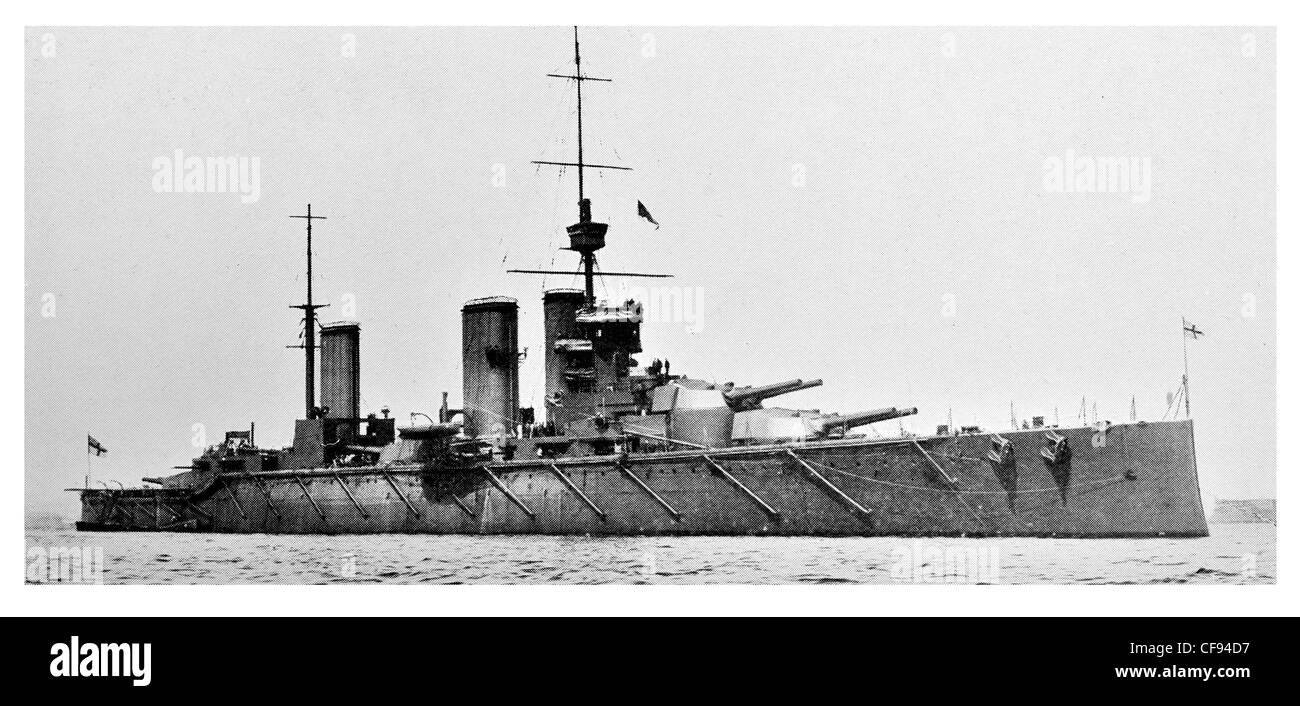HMS Lion battlecruiser British Royal Navy Splendid Cats guns gun turret flagship Grand Fleet battleship warship

Image details
Contributor:
SOTK2011 / Alamy Stock PhotoImage ID:
CF94D7File size:
25 MB (2 MB Compressed download)Releases:
Model - no | Property - noDo I need a release?Dimensions:
4290 x 2036 px | 36.3 x 17.2 cm | 14.3 x 6.8 inches | 300dpiDate taken:
2011More information:
HMS Lion was a battlecruiser of the Royal Navy, the lead ship of her class, which were nicknamed the "Splendid Cats". They were significant improvements over their predecessors of the Indefatigable class in terms of speed, armament and armour. The Lion-class ships were 2 knots (3.7 km/h; 2.3 mph) faster, exchanged the 12-inch (305 mm) guns of the older ships for the same number of 13.5-inch (343 mm) guns, and had a waterline belt 9 inches (229 mm) thick versus the 6 inches (152 mm) of the Indefatigables. This was in response to the first German battlecruisers, the Moltke class, which were very much larger and more powerful than the first British battlecruisers, the Invincible class. Lion served as the flagship of the Grand Fleet's battlecruisers throughout World War I, except when she was being refitted or under repair. She sank the German light cruiser Köln during the Battle of Heligoland Bight and served as Vice Admiral Beatty's flagship at the battles of Dogger Bank and Jutland. She was so badly damaged at the first of these battles that she had to be towed back to port by the battlecruiser Indomitable and was under repair for more than two months. During the Battle of Jutland she suffered a serious propellant fire that could have destroyed the ship had it not been for the bravery of Royal Marine Major Francis Harvey, the turret commander, who posthumously received the Victoria Cross for having ordered the magazine flooded. The fire destroyed one gun turret which had to be removed for rebuilding while she was under repair for several months. She spent the rest of the war on uneventful patrols in the North Sea, although she did provide distant cover during the Second Battle of Heligoland Bight in 1917. She was put into reserve in 1920 and sold for scrap in 1924 under the terms of the Washington Naval Treaty.